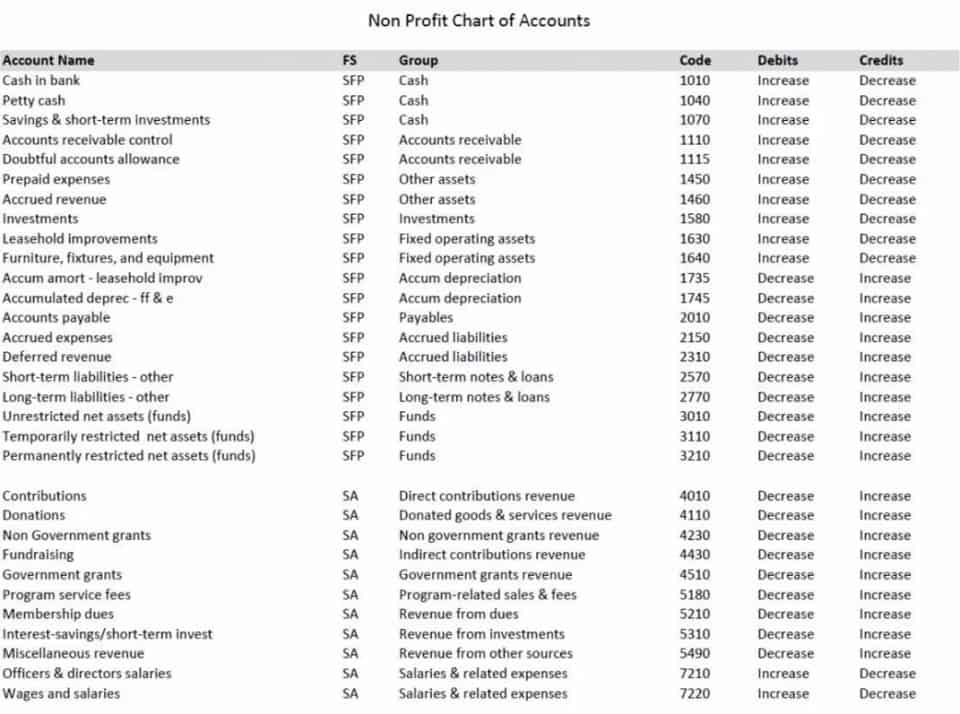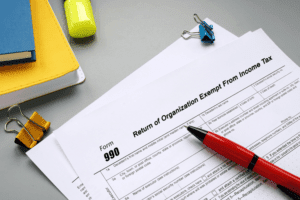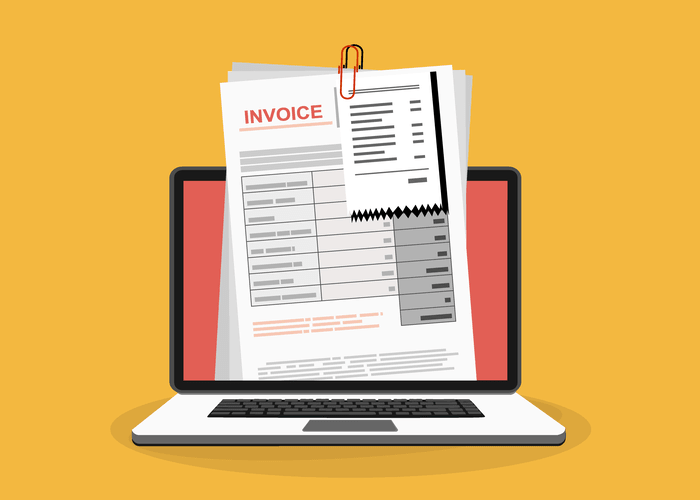Closing Entries Explained: Key Steps & Examples

For this reason, accountants use an income and expense summary account when preparing closing entries. This is no different from what will happen to a company at theend of an accounting period. A company will see its revenue andexpense accounts set back to zero, but its assets and liabilitieswill maintain a balance. In summary, the accountant resets thetemporary accounts to zero bookkeeping by transferring the balances topermanent accounts. Permanent accounts, in contrast, are the sturdy oaks, steadfast year after year. They consist of assets, liabilities, including ignored accrued expenses as a form of permanent liability account, and most equity accounts entries that show the ongoing financial state of an entity.

Overcoming Year-End Stress: Simplifying Closing Entries for Revenue Accounts
Once Accounts Payable Management this important shift is accomplished, your ledger is primed and polished for the upcoming period, and you start anew, applying one of the vital takeaways—closing entries steps performed consistently. To close expense accounts, you need to credit each expense account for its full balance and debit the Income Summary account. Expense accounts typically have a debit balance, so crediting them will bring their balance to zero. For example, if Rent Expense has a balance of $1,000, you would credit Rent Expense for $1,000 and debit Income Summary for $1,000. This transfers the expenses to the Income Summary account, preparing the expense accounts for the new period.

What is the purpose of closing entries?
This way, there will be a separation of income and expense accounts between the current period and the previous ones. On the other hand, Permanent Accounts, also called Real Accounts, are ledger accounts whose balances are not closed and are always carried over to the next accounting period. All accounts in the statement of financial position or balance sheet, such as cash, receivables, fixed assets, payables, and equity are permanent accounts. Closing Entries are journal entries that are recorded for the purpose of closing all temporary accounts and transferring their balances to permanent accounts. This process involves moving balances from temporary accounts, like revenues and expenses, to permanent accounts on the balance sheet. Closing your accounting books consists of making closing entries to transfer temporary account balances into the business’ permanent accounts.
Data Sheets

By closing out revenue and expense accounts, they prep the books for the new accounting period, making sure you’re not mixing scenes from two different plays. The income summary account is a temporary account that the company uses at the end of the accounting period to transfer the resulting of net income or net loss to the retained earnings account. Permanent accounts, on the other hand, include assets, liabilities, and most equity accounts. These account balances roll over into the next period and reflect the company’s financial activity in the long term. They are stored on the balance sheet, a section of the financial statements that investors can use as an indication to asset a company’s value. All expense accounts will be zero, and the expenses account will be closed, by crediting the expenses account and debiting the income summary account.

- Any account listed on the balance sheet is a permanent account, barring paid dividends.
- All generated revenue of a period is transferred to retained earnings so that it is stored there for business use whenever needed.
- Permanent accounts, in contrast, are the sturdy oaks, steadfast year after year.
- In each temporary account, closing entries also result in a zero balance.
- This is done through closing entries, which close out the revenue and expense accounts to retained earnings.
These reflect your company’s ongoing financial position, carrying forward from one period to the next. Retained earnings are defined as a portion of a business’s profits that isn’t paid out to shareholders but is rather reserved to meet ongoing expenses of operation. This involved reviewing, reconciling, and making sure that all of the details in the ledger add up. This sequence ensures proper tracking of net income before accounting for any owner distributions. Let’s also assume that ABC Ltd incurred expenses of ₹ 45,00,000 in the raw material purchase, machinery purchase, salary paid to its employees, etc., over the accounting year 2018.
If they aren’t reset, you could easily mix up past and future numbers, leading to confusion and inaccuracies in your financial reports. This comprehensive accounting glossary defines essential accounting terms. The term “net” relates to what’s left of a balance after deductions have been made from it.
For example, if you have a net income of $20,000, you’ll debit income closing entries summary and credit retained earnings by that amount. By clearing these accounts, you ensure each new period starts fresh, giving you a clear picture of your business’s financial health. The month-end close is when a business collects financial accounting information.